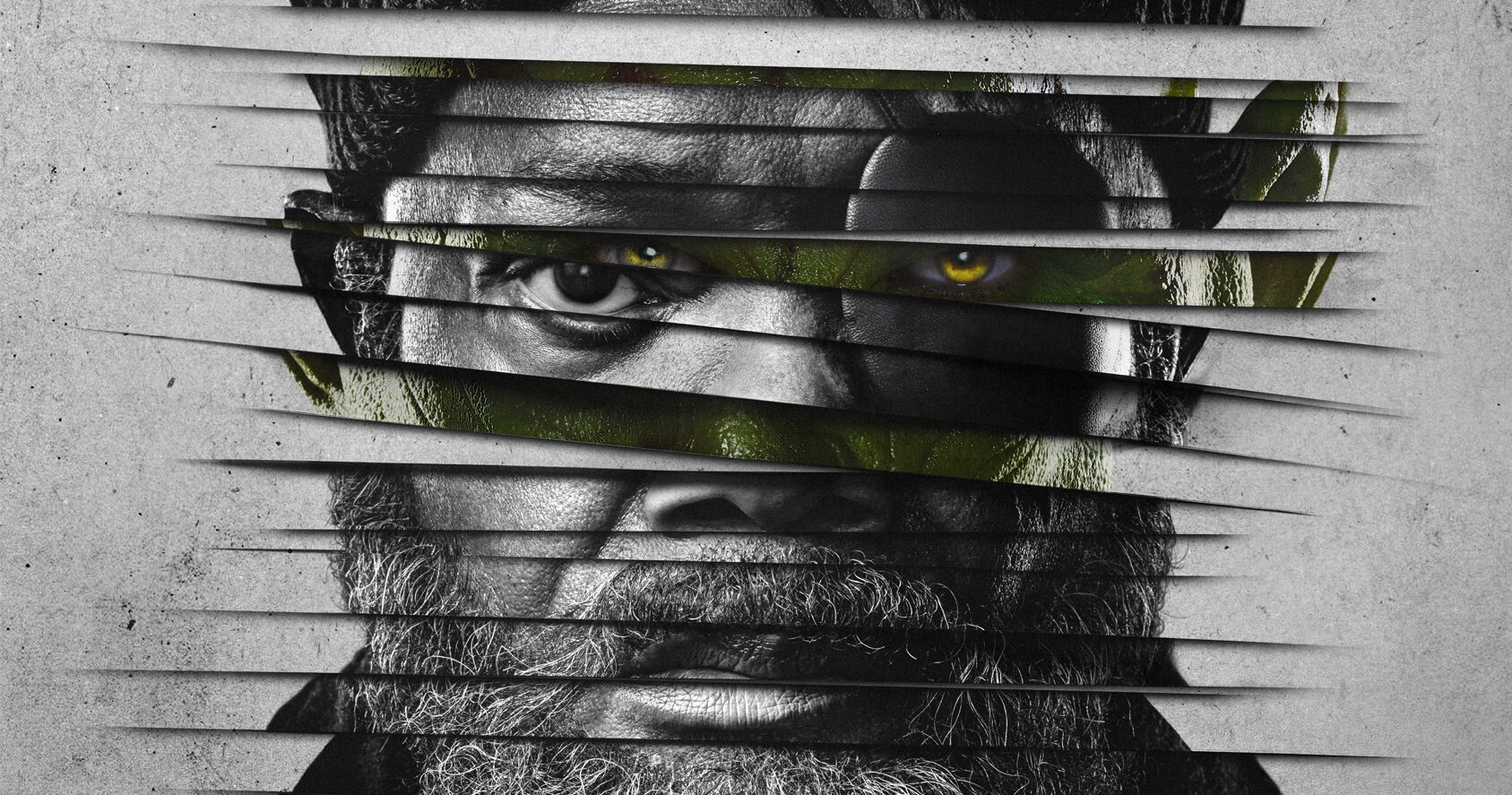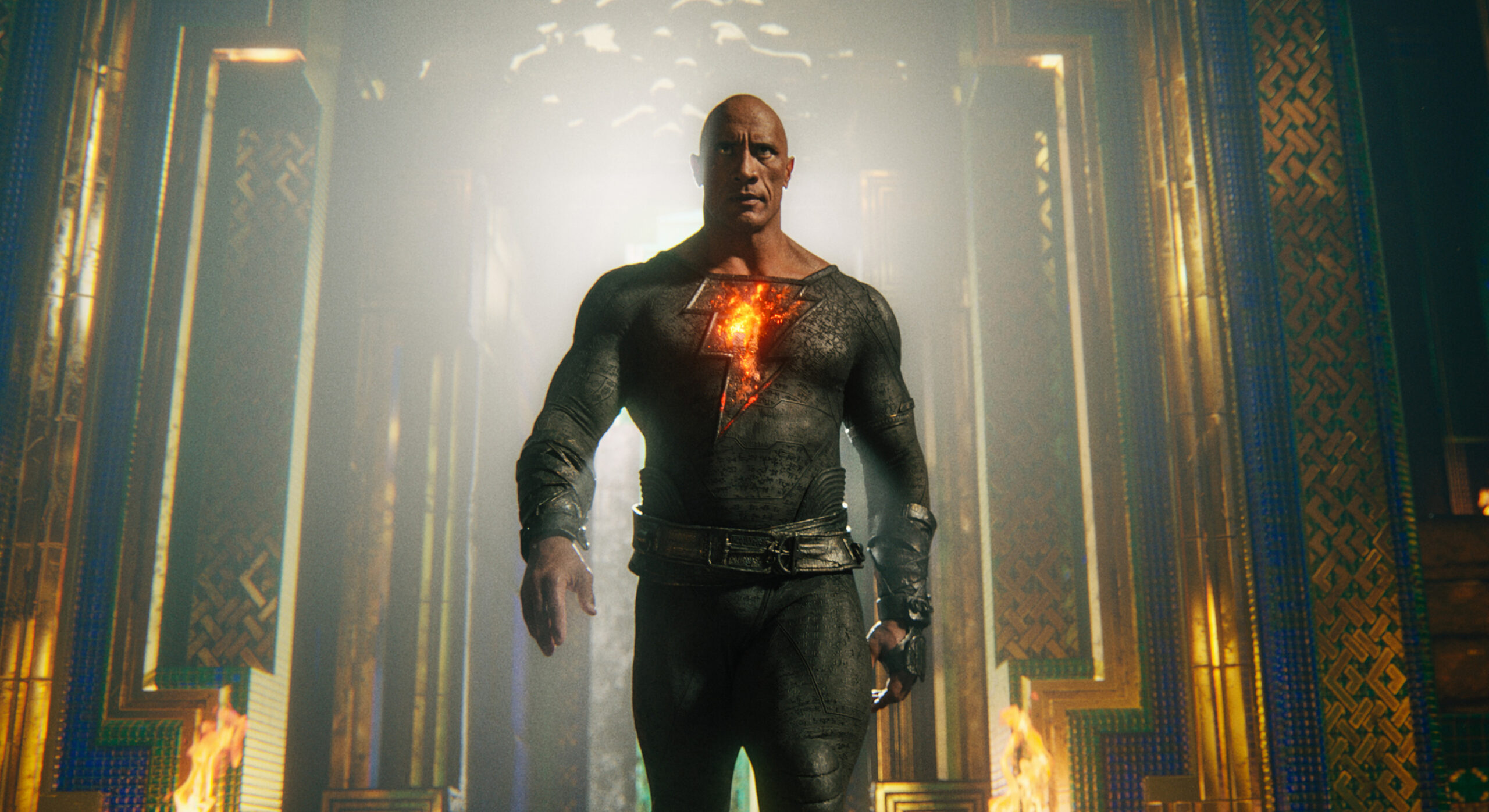One of the most anticipated parts of the Obi-Wan Kenobi series was the reappearance of Darth Vader. The most iconic villain in cinematic history, on the hunt for his old master to settle the score once and for all. While the show was named after the main character of the series, it was a show of how both men became who they are in A New Hope. Before this series took place we only had a few scenes of both Kenobi and Vader from Star Wars: Rebels and Rogue One. The character arc from both Kenobi and Vader were missing and only really left to speculation how each of them matured from the Battle on Mustafar.
It is in this series we see the complete transition from Anakin Skywalker to Darth Vader. Most fans will see the ending of Revenge of the Sith as the moment when Anakin becomes Darth Vader. Deborah Chow had a different take on the evolution of Darth Vader. In the final duel, Vader admits to Kenobi that he is the one who killed Anakin, not Kenobi. It is at that moment that Kenobi finally realizes his old friend is gone and calls him “Darth” Vader. The scene between Vader and Emperor Palpatine also shows a Vader full of rage finally letting go of his past and truly becoming Darth Vader. At that moment the iconic Imperial March (Vader’s Theme) is played for the first time in the series.

In an interview with ScreenRant, Obi-Wan Kenobi Composer Natalie Holt talked about how Deborah Chow told her that it only made sense to use Vader’s theme at the very end.
She was saying, “Actually, if we were going to use the Vader theme, I don’t think we should use it until episode six, because he’s still half Anakin, half Vader at this point. When his mask cracks open at the end, and he says ‘You didn’t kill Anakin Skywalker. I did,’ you realize now he’s Vader, now he’s earned his ‘Imperial March’.” Now when you hear it, it’s so powerful. Deborah didn’t want that theme playing every time you see Darth Vader, she wanted to explore his journey to get there.
Deborah wanted to have really visceral sense, when he’s walking down the street kind of killing people, she’s like “We’ve never really seen this side of Vader. He’s in his prime. He’s super angry, he’s just full of rage.” And actually, the Vader that we kind of see in A New Hope and onwards is much more measured, and we never see him lose control, or randomly kill people in such an evil way. He’s more thoughtful and centered. So, yeah. That was a very deliberate decision.”
RELATED: Where Next For These Characters? An Obi-Wan Kenobi Retrospective
Now that we can look back at the series as a whole, you can see the arc of Anakin becoming Vader in this series. You can see that Darth Vader throughout the series is different from the Vader we see in Rogue One, Star Wars: Rebels, and the original trilogy. Like Holt mentioned, when we are introduced to Vader he is full of rage and willing to kill anyone in his path to get his objective. This is similar to Anakin Skywalker’s style of completing a mission. When we see Vader in the Rogue One, Rebels, and the Original Trilogy he is more subdued and methodical in his actions. He doesn’t waste any actions to meet his goals.
Overall I did enjoy the Obi-Wan Kenobi series. It was an interesting take on the characters of Kenobi and Vader. Now that the series is complete I will enjoy going back and watching it to look for the subtle links to the rest of the Star Wars saga.
As always let us know what you think? Leave your own Obi-Wan Kenobi thoughts below.

 FOR FANBOYS, BY FANBOYS
Have you checked out LRM Online’s official podcasts and videos on The Genreverse Podcast Network? Available on YouTube and all your favorite podcast apps, This multimedia empire includes The Daily CoG, Breaking Geek Radio: The Podcast, GeekScholars Movie News, Anime-Versal Review Podcast, and our Star Wars dedicated podcast The Cantina. Check it out by listening on all your favorite podcast apps, or watching on YouTube!
Subscribe on: Apple Podcasts | Spotify | SoundCloud | Stitcher | Google Play
FOR FANBOYS, BY FANBOYS
Have you checked out LRM Online’s official podcasts and videos on The Genreverse Podcast Network? Available on YouTube and all your favorite podcast apps, This multimedia empire includes The Daily CoG, Breaking Geek Radio: The Podcast, GeekScholars Movie News, Anime-Versal Review Podcast, and our Star Wars dedicated podcast The Cantina. Check it out by listening on all your favorite podcast apps, or watching on YouTube!
Subscribe on: Apple Podcasts | Spotify | SoundCloud | Stitcher | Google Play




